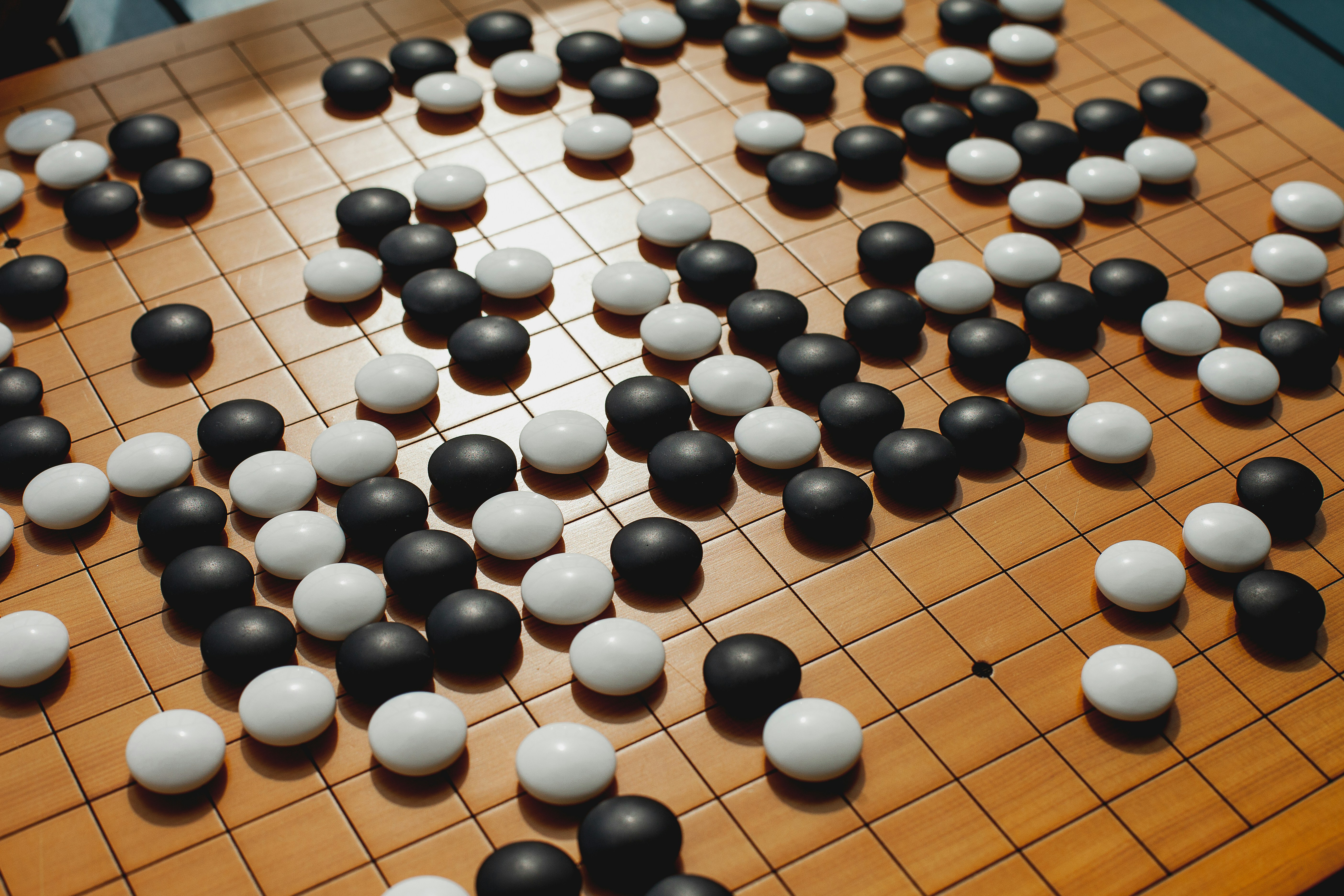Adversarial Strategies in the World of Go: How Policies Defeated Superhuman AIs
Last updated: 2024-12-25

The field of artificial intelligence (AI) has seen remarkable advances over the past few decades, particularly with the rise of machine learning and neural networks. One of the shining examples of these advances is the game of Go, which has long been considered a benchmark for AI due to its complexity and deep strategic elements. However, a recent study reported on Hacker News, titled "Adversarial policies beat superhuman Go AIs (2023)," reveals a significant development: adversarial policies have outperformed even the most sophisticated AI systems in Go. This fascinating finding not only challenges our understanding of AI capabilities but also raises several questions about strategy and machine learning.
The Rise of Go AIs
Go is an ancient board game that originated in China over 2,500 years ago. It is played on a grid of 19x19 lines, and players use black and white stones to capture territory. Despite its simple rules, the game's complexity leads to an astronomical number of possible moves, which presents a significant challenge for AI. In 2016, Google's DeepMind achieved a historic milestone when its AI, AlphaGo, defeated reigning world champion Lee Sedol. This event not only marked a pivotal moment in AI history but also showcased the potential of neural networks to learn and improve through extensive training and self-play.
The Power of Training and Self-Play
AlphaGo and its successors, such as AlphaGo Zero, utilized deep reinforcement learning, which enabled them to enhance their performance by competing against themselves. This method of training, combined with vast amounts of data and powerful computing resources, allowed these AIs to learn complex strategies that often surpassed human understanding. The ability to analyze countless game scenarios in a relatively short time enabled Go AIs to become superhuman players, setting benchmarks that humans may never hope to reach.
What are Adversarial Policies?
Adversarial policies refer to strategies designed to exploit vulnerabilities in opponents' algorithms or decision-making processes. In the context of the Go AIs, these policies were developed not to simply outplay the AI but to find weaknesses in its strategic framework. Researchers aimed to create countermeasures that would challenge the assumptions and self-optimizations that Go AIs relied upon. This approach highlights a crucial aspect of gameplay—a player's ability to think outside the box and challenge the main strategies employed by a highly sophisticated opponent.
The Research Study: An Overview
The Hacker News article summarizes a recent study that demonstrated how adversarial policies can effectively outmaneuver superhuman AIs. The researchers designed a series of strategies that worked specifically against the decision-making processes of the AI, revealing that optimal strategies aren't just about being the best; they also involve tricking the opponent into making suboptimal decisions. This finding is remarkable because it suggests that even the most advanced AIs, built upon massive datasets and extensive training, can fall prey to clever strategic maneuvers.
Implications for AI Development
The implications of this research stretch far beyond the confines of the Go board. As AI increasingly permeates various sectors—healthcare, autonomous driving, and finance—this revelation serves as a reminder of the importance of critical thinking and adaptability. Adversarial policies can expose vulnerabilities not just in AIs but also in the systems they operate within. Understanding these vulnerabilities is crucial for developing robust AI systems that can withstand manipulative strategies.
Strategic Thinking in AI and Humans
One of the most intriguing aspects of the study is its examination of strategic thinking. It underscores the notion that strategy is not only about optimizing plays and moves but also involves anticipating and countering the strategical approaches of opponents. In essence, it challenges the long-held belief that AIs, once they reach a superhuman level, will have an insurmountable advantage in strategic games. This dynamic dance between human ingenuity and AI prowess suggests a continuing evolution in both fields.
The Future of AI in Strategic Games
This breakthrough compels researchers and practitioners alike to reconsider the design of AI systems used in strategic environments. Traditional methods of training must evolve to incorporate adversarial situations, making the systems resilient against novel strategies. Furthermore, the game of Go, despite its age, might serve as an invaluable testing ground for innovative AI strategies, which could then be applied to other domains where strategic decision-making is critical.
Adversarial Policies vs Superhuman Go AIs
The study on adversarial policies beating superhuman Go AIs opens exciting avenues for discussions on AI and strategy. As we look to the future, the interplay between human and AI strategies will undoubtedly continue to evolve, leading to novel insights into both disciplines. This research not only emphasizes the significance of adaptability and anticipation in gaming contexts but also urges AI developers to think critically about the resilience of their systems. As we embrace the complexities of AI, fostering creativity and strategic thinking will be essential in navigating this ever-changing landscape.